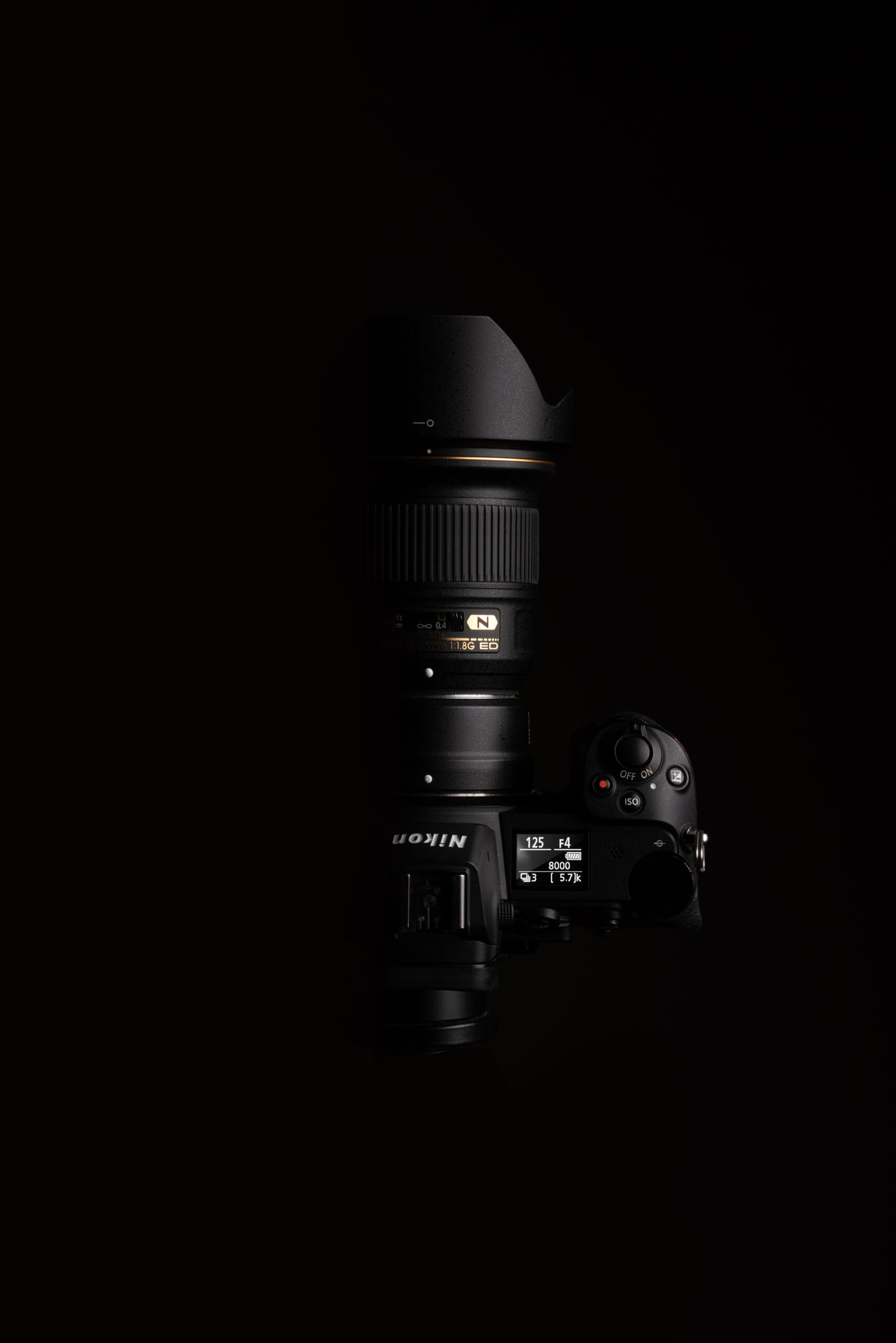After more than 50 years, the United States is finally back on the lunar surface with the successful landing of the privately-built spacecraft Odysseus. This historic event marks a significant milestone in space exploration, opening a new era of lunar discovery and paving the way for future human missions to the moon.
The nail-biting 73-minute descent from orbit ended with a flawless touchdown near the moon’s south pole. The founder of Intuitive Machines, the Texas-based company behind Odysseus, had initially given the landing only an 80% chance of success. However, the spacecraft exceeded expectations, proving its capabilities and reliability.
The moment of the landing was filled with anticipation and some confusion as communications with the spacecraft were temporarily lost. However, the tension was soon relieved when Odysseus established contact, and Dr. Tim Crain, the mission director, announced, “Welcome to the moon. Odysseus has found its new home.” This achievement was hailed by Bill Nelson, the Nasa administrator, as “a giant leap forward for all of humanity.”
The significance of this milestone cannot be overstated. The last time any US-built spacecraft touched down on the moon was during the Apollo 17 mission in December 1972. Since then, there have been several attempts, including the recent failure of Peregrine One, a partnership between Nasa and a private company. Odysseus’s successful landing marks a turning point in lunar exploration and demonstrates the potential of private-public partnerships in advancing space exploration.
Although there is no video footage of Odysseus’s descent, a camera built by students at Florida’s Embry-Riddle Aeronautical University captured images just before touchdown. Additionally, Nasa cameras were strategically positioned to photograph the lunar surface from the spacecraft. These images will provide valuable insights into the landing and the lunar environment.
The Odysseus spacecraft, affectionately nicknamed “Odie” by Intuitive Machines employees, is a 14ft hexagonal, six-legged Nova-C lander. It is the first commercial spacecraft to successfully land on the moon. This achievement is part of Nasa’s Commercial Lunar Payload Services (CLPS) initiative, which aims to leverage private partnerships to support the Artemis program.
Nasa contributed $118 million to the project, while Intuitive Machines provided an additional $130 million. The mission, known as IM-1, carries scientific equipment designed to gather data about the lunar environment. The chosen landing site, near the moon’s south pole, is believed to be rich in frozen water, a vital resource for future human missions to Mars.
The risks associated with exploring this rocky and crater-filled region are outweighed by the potential rewards. Scientists have discovered tiny glass beads on the moon’s surface that contain potentially billions of tonnes of water. Extracting and utilizing this water could provide a sustainable source of rocket fuel, enabling future missions to refuel and continue their journeys.
While the operational life of the Odysseus spacecraft is limited to seven days before it moves into Earth’s shadow, Nasa aims to gather as much data as possible during this time. The impact of the landing on the lunar soil will be analyzed, and instruments will study space weather effects on the lunar surface. Additionally, a network of markers will be deployed to facilitate communication and navigation.
The success of Odysseus’s mission sets the stage for future lunar deliveries and scientific exploration. Intuitive Machines has two more launches scheduled for this year, including an ice drill to extract ingredients for rocket fuel and another Nova-C lander carrying a small Nasa rover and four small robots to explore surface conditions.
Through the Artemis program, Nasa aims to maintain its leadership in space exploration and stay ahead of Russia and China, both of which have their own plans for human lunar landings. With this successful return to the moon, the United States reaffirms its commitment to pushing the boundaries of human exploration and expanding our understanding of the universe.
In conclusion, the successful landing of the Odysseus spacecraft on the moon is a remarkable achievement that ushers in a new era of lunar exploration. This milestone demonstrates the power of collaboration between public and private entities in advancing space exploration. As we continue to unlock the secrets of the moon, we pave the way for future missions and discoveries that will shape the future of human exploration and our understanding of the universe.


